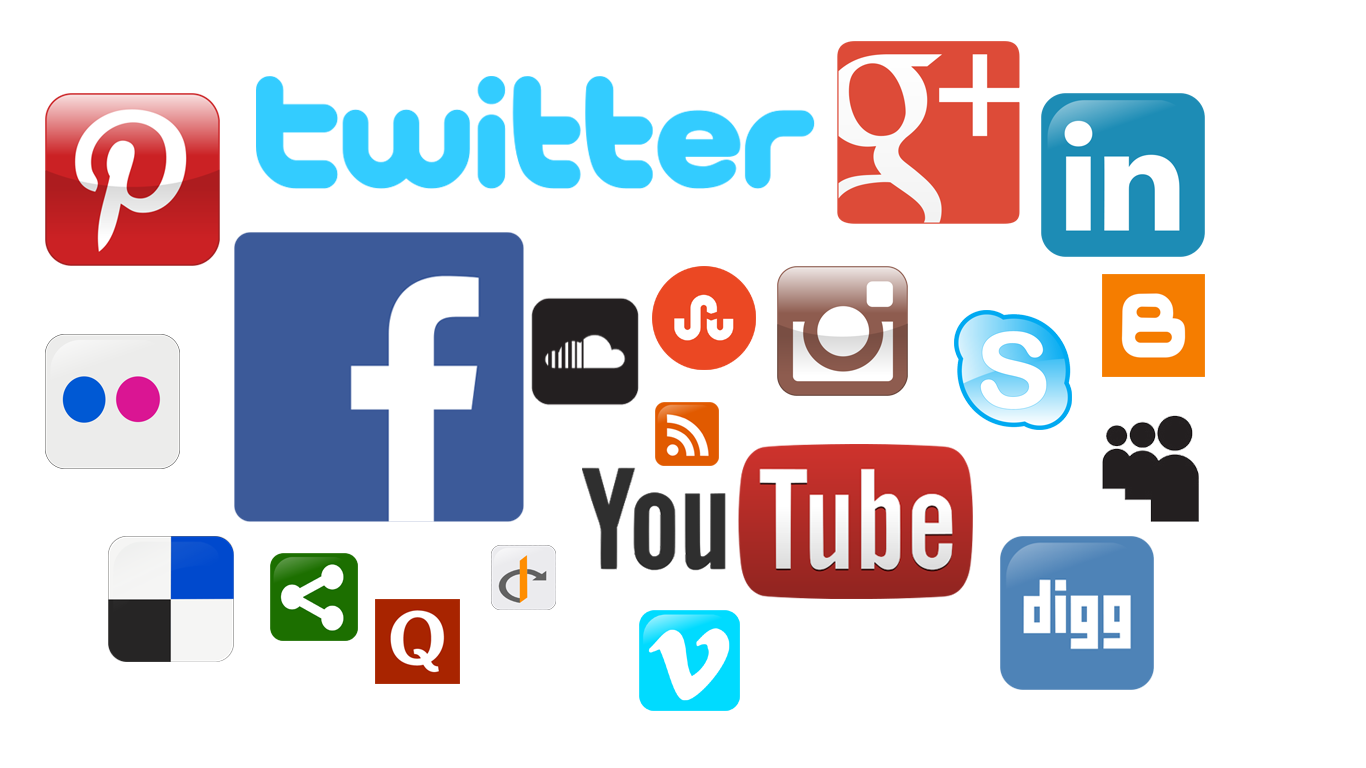
Infographics are imagery that are constructed to appeal to the eye, and are easy to share syndicate and to compress important information. Data visualization is nothing new in the grand scheme of things, visual portrayals have served in the past in the roles of charts and graphs.While visualizing data is beneficial, imagery served in this regard will only fulfill that need, but retention will not be enhanced. In the case of Infographics, a story is told with the aid of imagery, to enhance not just understanding but also retention, "details of a story or a picture that are consistent within an existing schema are more likely to be remembered than those that are not" (Borkin, Vo, Bylinskii, Isola, Sunkavalli, Oliva & Pfister, 2013). In the results of a memorability experiment with the use of infographics, the visualizations of a story are intrinsically memorable across various kinds of people, and work much better than common types of visualization such as graphs and charts (Borkin, Vo, Bylinskii, Isola, Sunkavalli, Oliva & Pfister, 2013). The use of imagery should be used to make the most important piece of information to stick in the reader's memory.
Social Media has become a staple to the modern person, and it is now being used as a medium to transfer information and be an opportunity to learn. Acting as a much more fun and interactive means of archiving than a typical blog, Twitter and Facebook offer the ability for learners to engage as an active role in the learning activity, as well as benefiting from educational followership. Additional use of YouTube, citations from other resources on the web, or the combined use of a blog have been termed as Micro-blogging (Gomez-Sanz, Ortego & Pavón, 2016). Social media is currently being referenced in formal educational settings as a means of assignments at a rate of over 60%, and is also being utilized as a platform to create content at a rate of 30% (Moran, Seaman & Tinti-Kane, 2011). It would only make sense to harness the capability of Social Media for the sake of education given its immense popularity and availability. Facebook even allows the capability of controlling the audience and how the audience can interface, post and interact within a course (or page). It also has build in syndication and alerts.
The days of standard presentations in PowerPoint and Keynote with the occasional animation are now a thing of the past. The extensive use of the Internet to provide educational material to learners has created a need to present in a visually appealing way that will keep people more engaged than traditional methods. Prezi has developed a way to combine all the rich and dynamic features found in Web 2.0 tools into one place. Utilizing YouTube, Online Pictures, and even shockwave files it is capable of creating a dynamic and interactive experience that can take an infographic concept to the next level. Taking use of its platform Prezi has the capability to create an automatic or self navigated presentation with sound, zoom, spacial relationships and motion to create a visually appealing and interactive experience for the end user. Presentations can be easily shared and viewed online without the need to install special software.
References
Borkin, M. A., Vo, A. A., Bylinskii, Z., Isola, P., Sunkavalli, S., Oliva, A., & Pfister, H. (2013). What makes a visualization memorable?. IEEE Transactions on Visualization and Computer Graphics, 19(12), 2306-2315.
Gomez-Sanz, J. J., Ortego, Á., & Pavón, J. (2016). BoloTweet: A Micro-Blogging System for Education. In Methodologies and Intelligent Systems for Technology Enhanced Learning, 6th International Conference (pp. 53-60). Springer International Publishing.
Moran, M., Seaman, J., & Tinti-Kane, H. (2011). Teaching, Learning, and Sharing: How Today's Higher Education Faculty Use Social Media. Babson Survey Research Group.


No comments:
Post a Comment